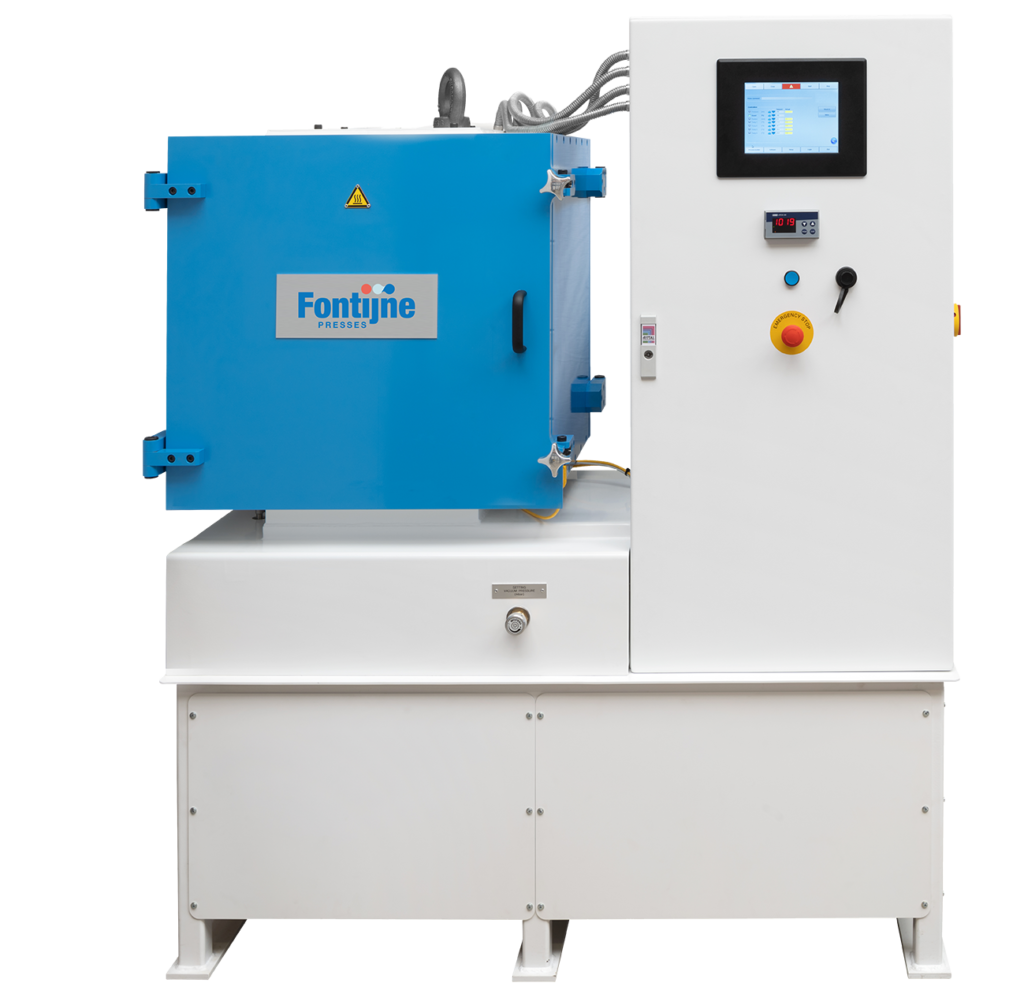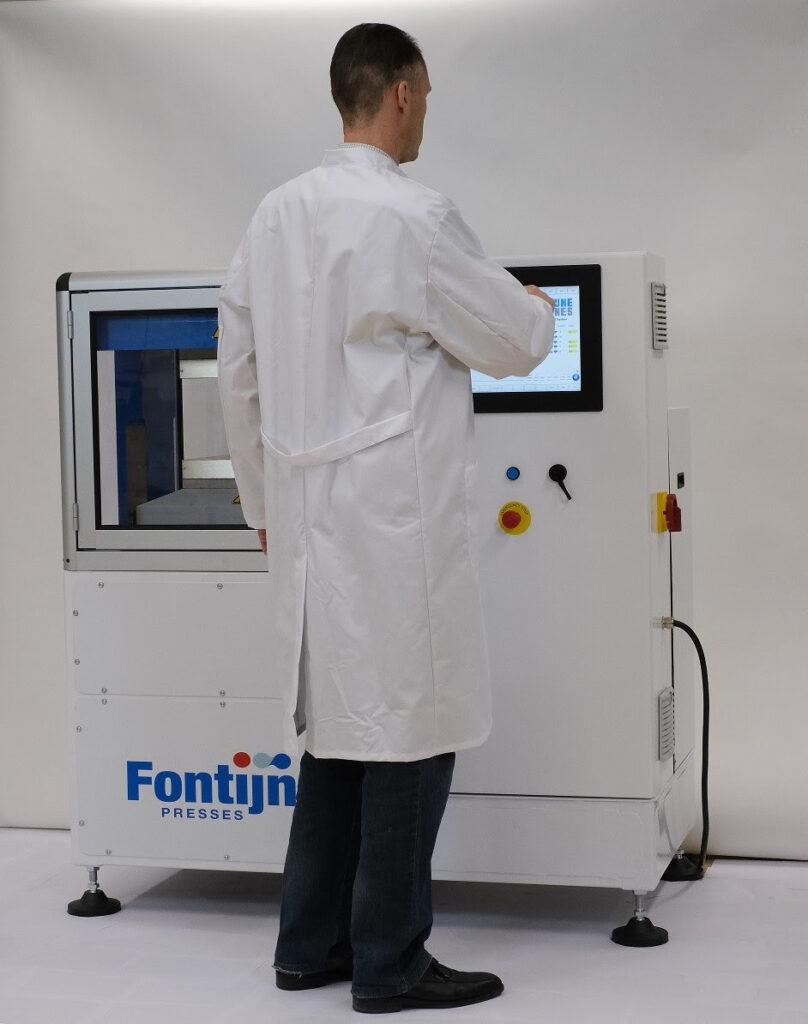May 18, 2021
The laboratory platen press is an important tool for the preparation of samples such as polymers, rubber, or plastic with reproducible results. Uniform temperature distribution over the platen surface, mechanical solidity to ensure the constant thickness of the samples, and consistent closure force are basic elements to ensure this result.
When designing and engineering a platen press that will be used in a laboratory environment, you have to take other requirements into account than when designing a press that will be installed in a production hall. We have summarized some of these conditions for you to consider when equipping a laboratory or small production units.
1. Laboratory size requirements
Is the lab easy to reach? How big is the door opening? Is the lab on the 10th floor and only accessible with an elevator?
When designing the laboratory platen press, you need to take into account this sort of environmental conditions. In the end, you certainly don’t want to tear down some walls or windows in order to be able to bring the press in your laboratory once ready for installment.
Fontijne Presses’ philosophy is to build a press that passes a doorway of 1-meter width. Of course, this is no problem at all for our manually operated presses with dimensions (L x W x H, in mm) of 450 x 350 x 600 for the LabManual 50 and 500 x 500 x 800 for the LabManual 300.
All our LabEcon presses have the same sizes: 790 x 880 x 1790. So even a LabEcon 1000 with a platen size of 500 x 500 and a closing force of 1000 kN easily gets through the lab door or in the elevator.
Small sizes are not only important to enter the lab, lab space itself is valuable as well. For our LabEcon series, you need less than 1 sqm!
2. Weight of platen presses
Don’t forget to have a look at the weight of the press: what is the maximum weight for your laboratory floor, what is the load per sqm? Compare this with the data of the press and ask us for more information when you have some questions about this item.
Also, the highly customised LabPro series comes with a compact design, here are some examples of presses we recently built:
LabPro 400 with a vacuum chamber, platen sizes 400 x 400mm, closing force of 400kN
Dimensions 1250 x 750 x 1700, weight 1500 kg

LabPro 1000 with oil heating, double daylight, platen sizes 500 x 500, closing force of 1000 kN
Dimensions 1375 x 830 x 1725, weight 1545 kg

LabPro 3000 with a closing force of 3000 kN, platen sizes 320 x 320
Dimensions 1450 x 780 x 1475, weight 2250 kg
3. Electrical usage and safety
Do you have 230V in your lab, and you don’t want to install 400V 3 phase current only for a lab press? Check our manually operated LabManual 50 and LabManual 300 presses, they come with a 230V connection. Of course, the presses have no restrictions on safety and come with a CE certificate.

